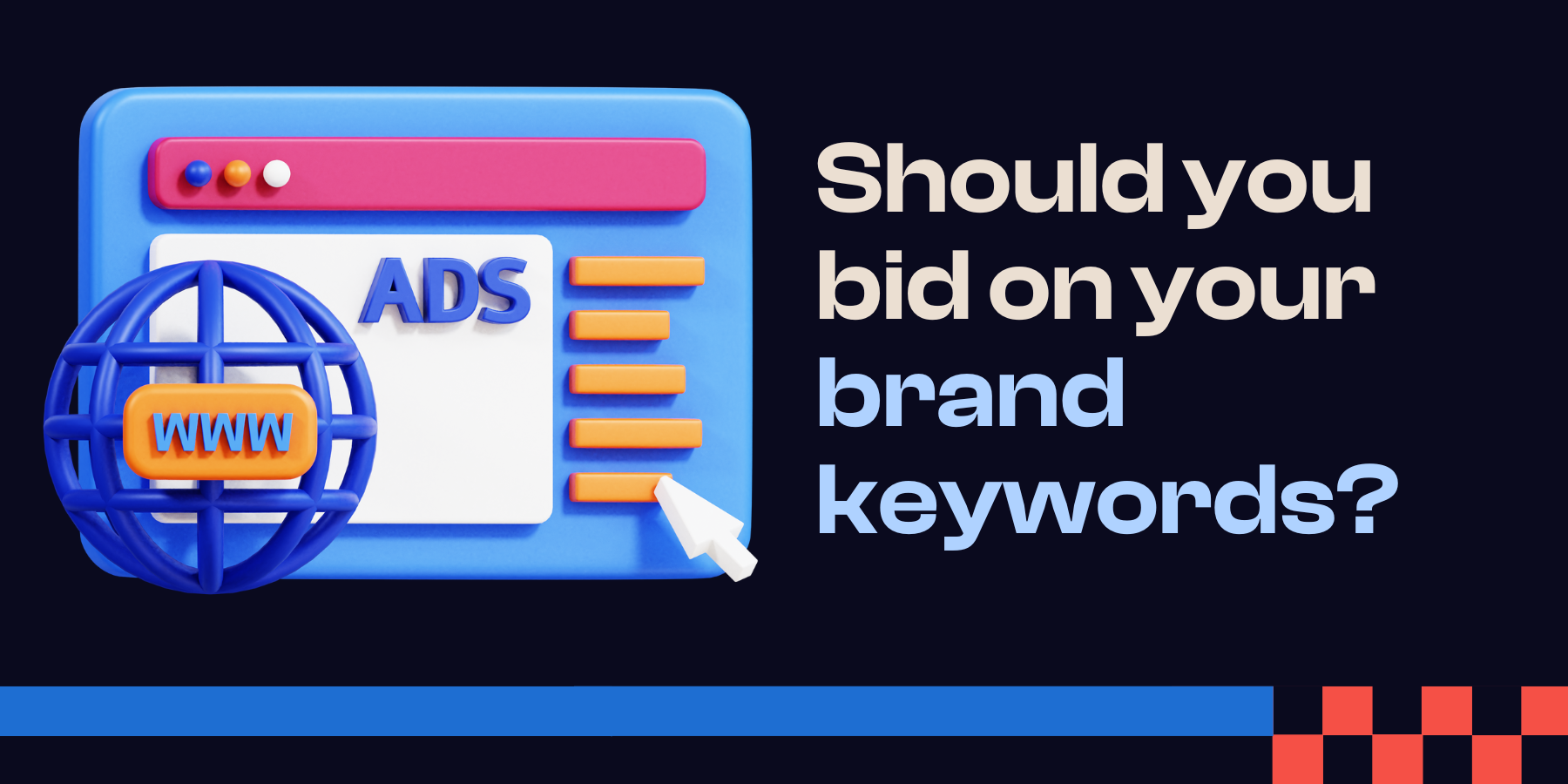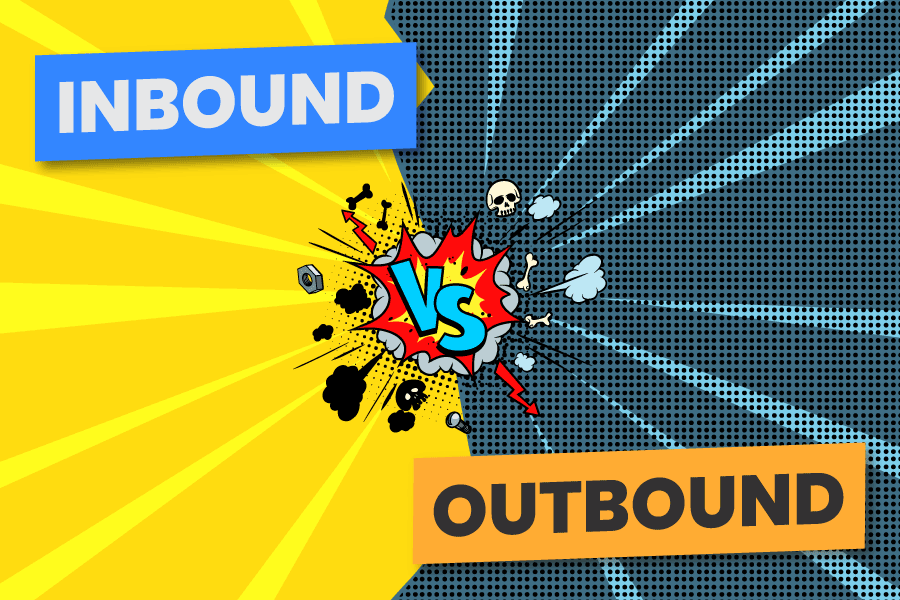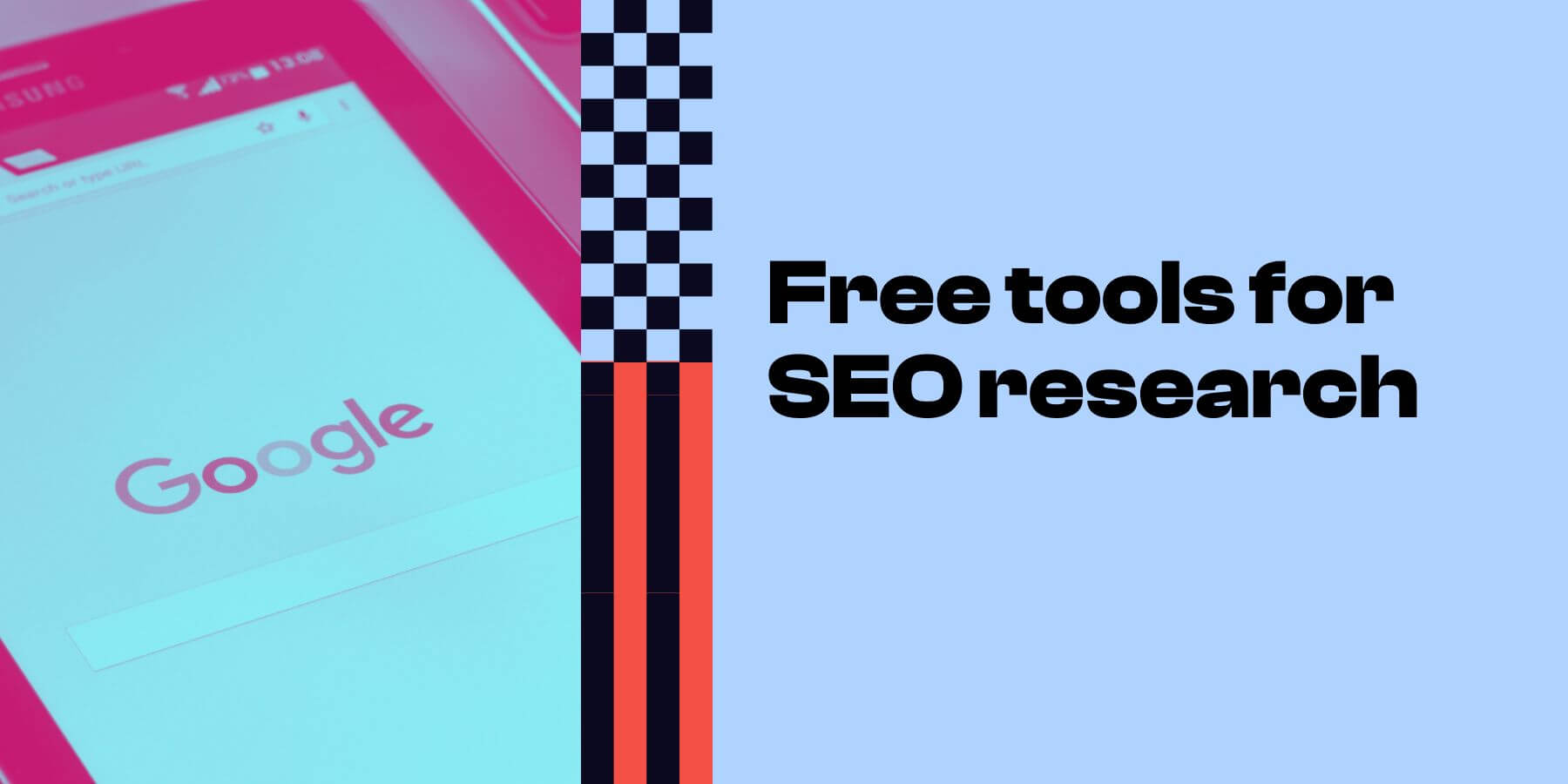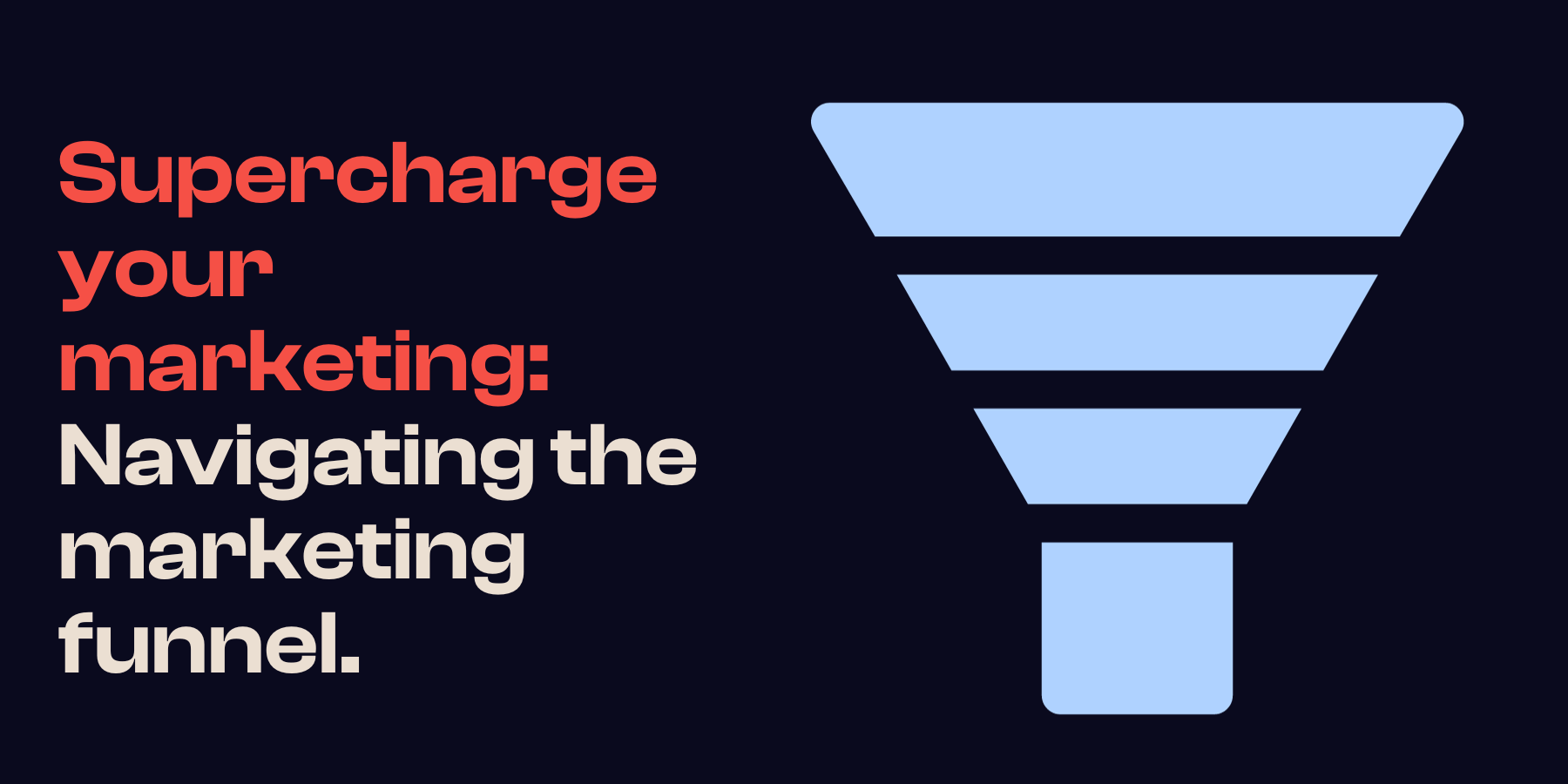The four pillars of digital marketing
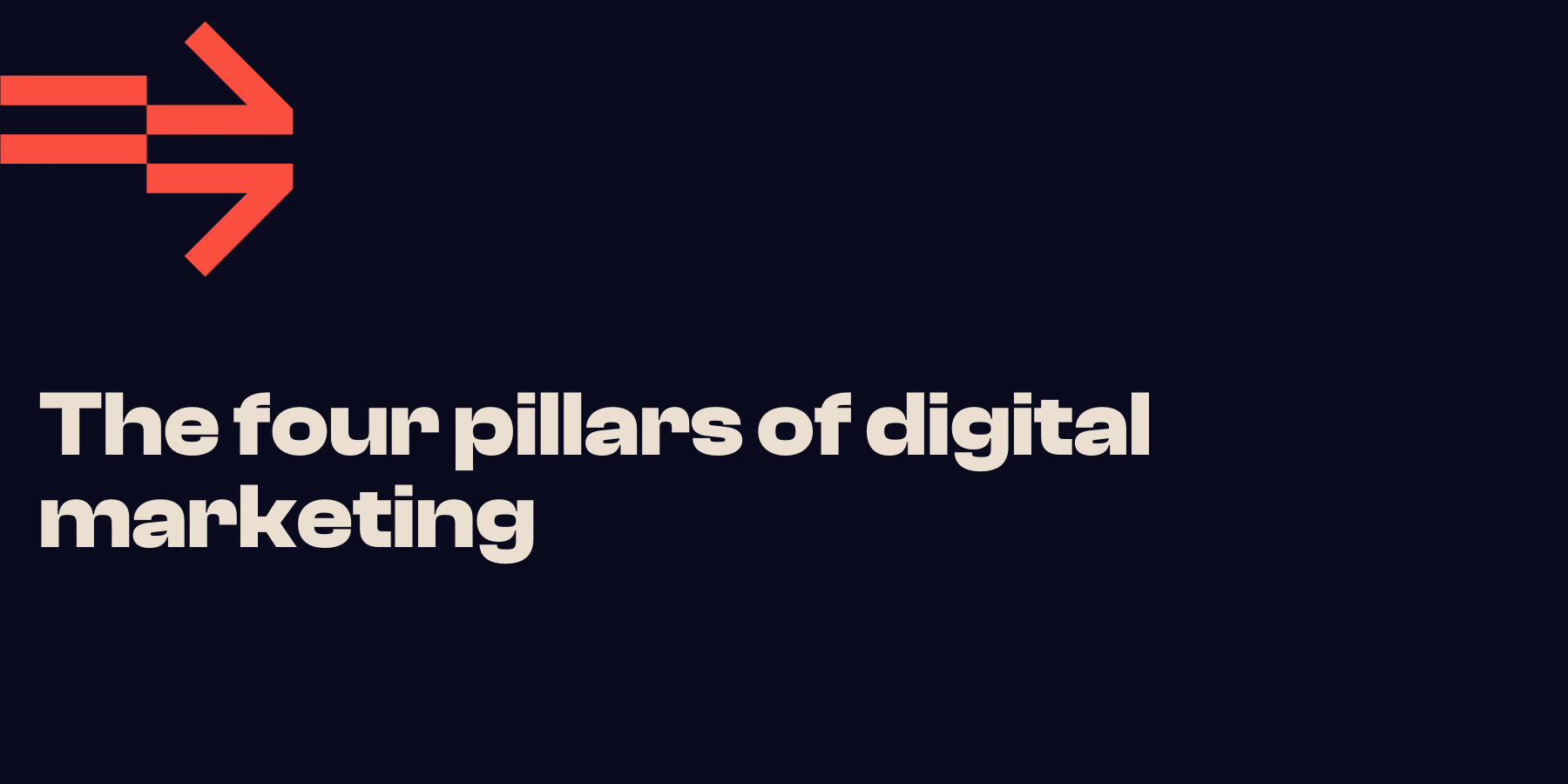
Last updated: 19 April 2023
Whether your company is just starting out or is looking to expand its customer base, digital marketing is an essential part of any company’s long-term plan. Using tried-and-true tactics like Search Engine Optimisation and Pay Per Click Advertising is a crucial part of attracting the right customers.
If these pillars of digital marketing have your head spinning, that's where we come in! Refuel Creative can help you master these vital tactics and provide you with strategic marketing and technology advise so that you can concentrate on what you do best.
On the surface, the four pillars of digital marketing are:
- Search Engine Optimisation
- Pay Per Click Advertising
- Inbound marketing
- Outbound marketing
We didn’t forget about social media! Social media plays a part here in supporting the additional pillars, and we’ll mention that at the end.
Search Engine Optimisation (SEO)
When you search for something in Google or Bing, you’ve likely seen a search engine optimised marketing campaign or some form of SEO.

When you use a search engine, you type in a phrase or sentence so Google can give you the answer. The results page is typically broken up into two parts.
At the very top of the search page will be pay-per-click advertisements. If you look closely, these are labelled discretely as ‘ads’. We’ll talk more about these below.
Underneath the top search results are the normal search results. Google calls these ‘organic’ search results. These are unpaid listings that Google or Bing put in order of how relevant they are to your search.
This is where SEO magic comes in. Search Engine Optimisation is basically all about trying to get your site as high as possible in these organic search results for our chosen keywords.
SEO keywords are not necessarily words at all, but multi-word phrases used on your website that tell search engines (and people!) what your page is all about. There isn’t anything too complicated about these keywords, they are the words your customers will be using to find your website. If you want to do your own research, check out some free tools for SEO research.
Writing content that is relevant to these keywords will push your company to the top of Google’s organic search results. The higher your website is on the search results, the more likely a consumer is to click on your site.
Pay Per Click Advertising (PPC)
Remember all those ads at the top of the search page?
Those are called Pay Per Click advertisements, or PPC. These ads are a great way to get your company’s name out there in the digital space.
Search engines set up a bidding system where companies can bid on specific keywords.
Let’s say you want to have an advertisement pop up every time someone searches for ‘puppies’.
You can put in a bid, let’s say 10 cents per click.
If you have the most relevant advertisement and bid the most money, you will win the ‘puppies’ slot.
But that doesn’t mean you will be charged whenever anyone searches for puppies. Instead, you only have to pay when people click on your ad, hence the name, pay-per-click.
Inbound & Outbound Marketing
If you have already locked down your search engine strategy, but are still seeing a low number of users coming to your site, then it is time to turn to inbound and outbound marketing strategies.
Inbound Marketing
In simple terms, inbound marketing is all the content you put on the web for free for your audience to connect with, like blogs and social media posts. These are a fundamental part of any digital marketing strategy.
With social media, you can connect with your target audience on the platforms they are already on and engaging with, like Facebook, Instagram and LinkedIn to list a few.
Customers and potential customers can discover what is going on in your organisation and share and express what matters to them.
You can also attract people to your website with blogs. Blogs will show your company knows it’s stuff, while also making you sound personable - am I right beautiful readers?
Blogs support your inbound marketing efforts in two ways.
They provide you with content for social media, to drive your social media followers to your website. If you want backlinks for your website and SEO efforts, blogs are a great way to do it, with valuable content linked to from other websites.
Your blogs can also improve your search rankings by developing regular content targeted at specific keywords.
Outbound Marketing
Outbound marketing is known as the traditional form of digital marketing. This includes sending email blasts and everyone's favourite - cold calling.
Instead of attracting a customer to come to you, as you would with inbound marketing, you are reaching out to the customer. Of all the marketing techniques discussed, outbound marketing is often the most time-consuming and tedious. It takes a lot of time to reach out to potential customers individually.
Thankfully though, technology and marketing automation has taken off some of the load. You can utilise software which is designed to help you prioritise and execute your marketing tasks in a more streamlined and efficient way.
At Refuel, we use HubSpot ourselves and absolutely love it. Utilising their software for our Inbound Marketing allows us to be more productive. It frees up some of our time, while not compromising the quality of the work we’re producing so that we can reach our client’s, and our own goals faster.
If you need help getting the most out of your digital marketing, just book a free Exploratory Call with the Refuel team and we'll help find the right strategy for you and your organisation.


